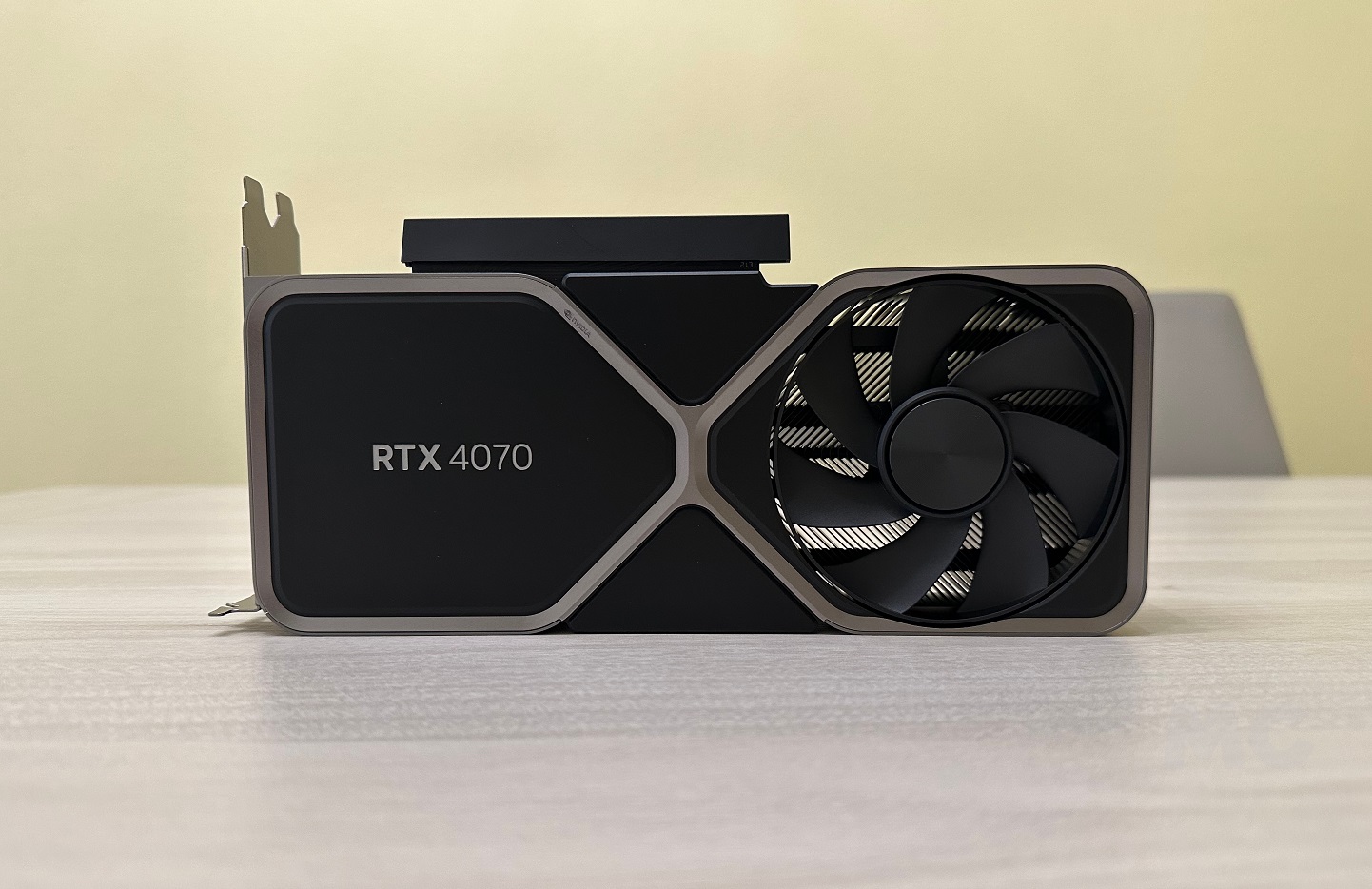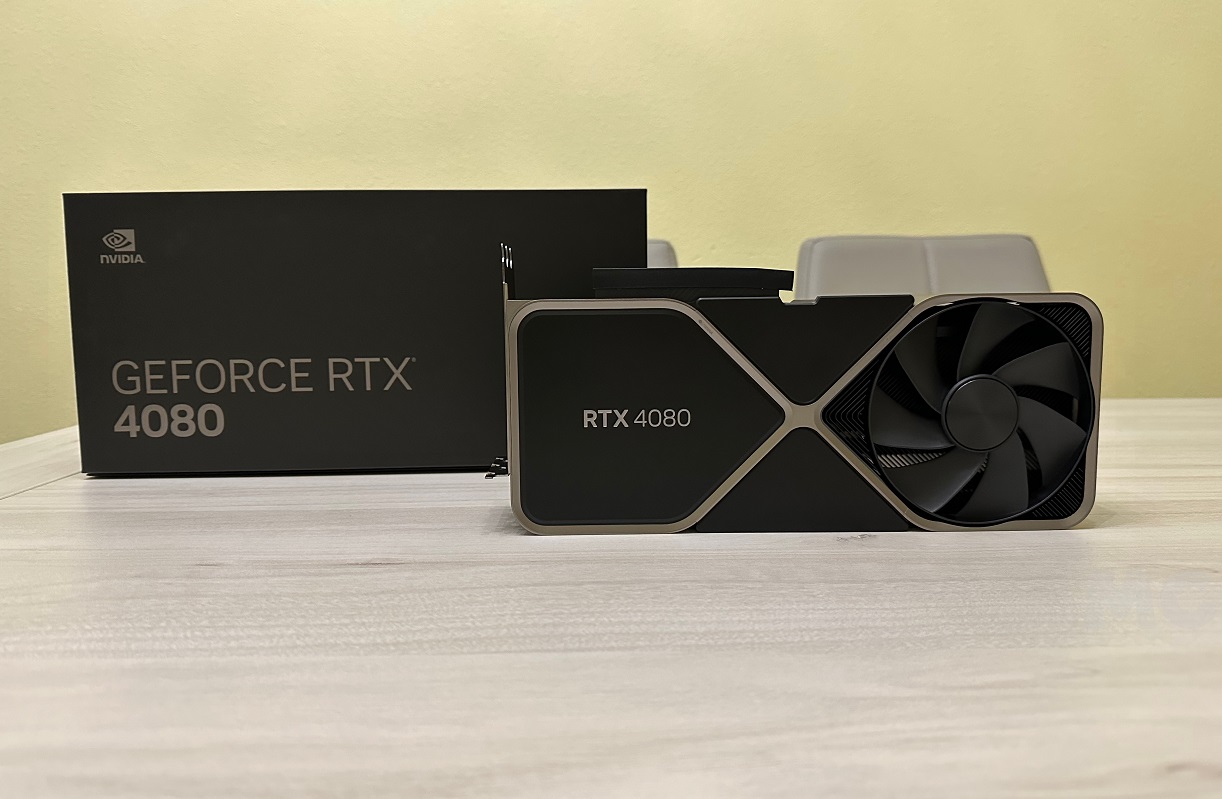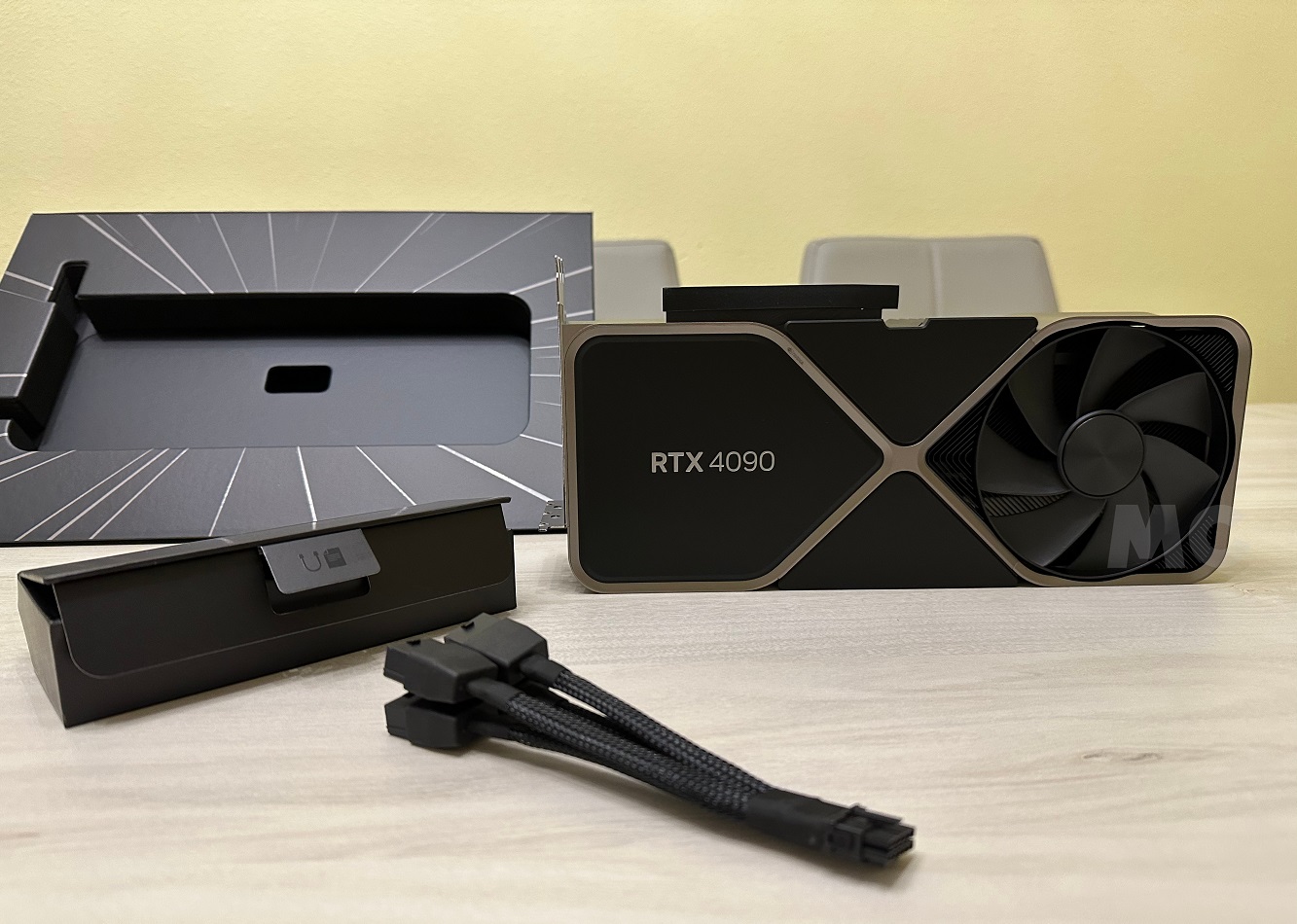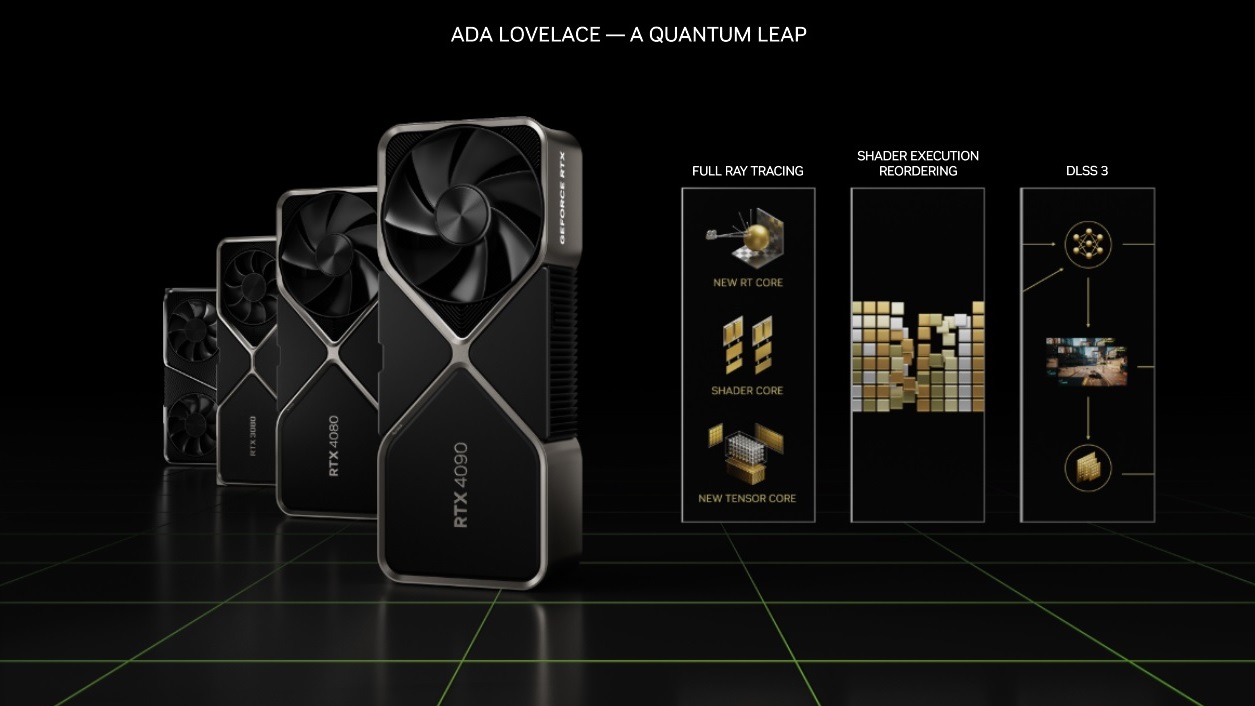
An interesting leak shared by a Taiwanese media outlet has left us a lot of information about the GeForce RTX 40 Super, the next intergenerational renewal of NVIDIA, which is scheduled to launch later this year. However, keep in mind that they will arrive in stages, and that as always the first to land will be the most powerful.
The GeForce RTX 40 Super series will use the same architecture as the current generation, that is, they will be based on Ada Lovelace and will therefore maintain all its key features. The changes will come at the specification level, and the truth is that if the specifications that we are going to see below are confirmed, we would be facing one of the biggest jumps that we have seen in an intergenerational renewal.
To better understand that jump we are going to compare the specifications of the GeForce RTX 40 with the possible specifications of the GeForce RTX 40 Super. Keep in mind that although they are not confirmed they make a lot of sense, and the truth is that they are perfectly believable.
GeForce RTX 40 vs. GeForce RTX 40 Super
GeForce RTX 4060
- AD107 graphics core in 5nm.
- 3,072 shaders at 2.5 GHz.
- 96 texturing units.
- 32 raster units.
- 96 fourth generation tensor cores.
- 24 third generation RT cores.
- 128-bit memory bus.
- 8 GB of GDDR6 with a bandwidth of 272 GB/s.
- 15 TFLOPs of power in FP32.
- 24MB L2 cache.
- 115 watt TGP.
GeForce RTX 4060 Super
- AD104 graphics core in 5nm.
- 5,120 shaders at an unspecified frequency.
- 160 texturing units.
- 64 raster units.
- 160 fourth generation tensor cores.
- 40 3rd generation RT cores.
- 192-bit memory bus.
- 12 GB of GDDR6 with a bandwidth of 432 GB/s.
- 200 watt TGP.
GeForce RTX 4070
- AD104 graphics core in 5nm.
- 5,888 shaders at 1,920 MHz-2,475 MHz, normal and turbo mode.
- 184 texturing units.
- 184 fourth generation tensor cores.
- 64 raster units.
- 46 third generation RT cores.
- Power in FP32: 29.15 TFLOPs.
- 192-bit bus.
- 12 GB of 21 GHz GDDR6X memory.
- Bandwidth of 504.2 GB/s.
- 36MB L2 cache.
- 200 watt TGP.
GeForce RTX 4070 Super
- AD103 graphics core in 5nm.
- 8,192 shaders at an unspecified frequency.
- 256 texturing units.
- 96 raster units.
- 256 fourth generation tensor cores.
- 64 third generation RT cores.
- 256-bit memory bus.
- 16 GB of GDDR6 with a bandwidth of 672 GB/s.
- 280 watt TGP.
GeForce RTX 4080
- AD103 GPU manufactured in 5nm process (TSMC).
- 9,728 shaders at 2,205 MHz-2,505 MHz, normal and turbo mode.
- 304 texturing units.
- 96 raster units.
- 304 fourth generation tensor core.
- 76 3rd generation RT cores.
- 256-bit bus.
- 16 GB of GDDR6X memory at 22.4 Gbps.
- 65MB L2 cache.
- Bandwidth of 716.8 GB/s.
- Power in FP32: 48.74 TFLOPs.
- 320 watt TGP.
GeForce RTX 4080 Super
- AD102 graphics core in 5nm.
- 13,312 shaders at an unspecified frequency.
- 416 texturing units.
- 128 raster units.
- 416 fourth generation tensor cores.
- 104 3rd generation RT cores.
- 320-bit memory bus.
- 20 GB of GDDR6 with a bandwidth of 840 GB/s.
- 350 watt TGP.
GeForce RTX 4090
- AD102 GPU manufactured in 5nm process (TSMC).
- 16,384 shaders at 2,235 MHz-2,520 MHz, normal and turbo mode.
- 512 texturing units.
- 176 raster units.
- 512 fourth generation tensor cores.
- 128 3rd generation RT cores.
- 384-bit bus.
- 24 GB of GDDR6X memory at 21 Gbps.
- It uses the PCIe Gen4 standard in x16 mode.
- 72MB L2 cache.
- Bandwidth of 1,008 GB/s.
- Power in FP32: 82.58 TFLOPs.
- TGP: 450 watts.
GeForce RTX 4090 Super
- AD102 graphics core in 5nm.
- 18,432 shaders at an unspecified frequency.
- 576 texturing units.
- 192 raster units.
- 576 fourth generation tensor cores.
- 144 3rd generation RT cores.
- 384-bit memory bus.
- 24 GB of GDDR6 with a bandwidth of 1,152 GB/s.
- 450 watt TGP.
The GeForce RTX 40 Super not only would they be much more powerful than the GeForce RTX 40, something that is obvious just by looking at the compared specifications of each model that we have just seen, but also They will have a larger amount of graphics memory. After the criticism that NVIDIA has been receiving for continuing to bet on 8 GB graphics memory configurations within the mid-range, and even within the high-end range, this would be a fairly intelligent response from the green giant.
For example, the GeForce RTX 4060 will have a configuration of 3,072 shaders and 8 GB of graphics memory with a 128-bit bus, and the GeForce RTX 4060 will, in theory, have 5,120 shaders and 12 GB of graphics memory over a 192-bit bus. That spec upgrade will be so significant that its raw performance could be at the level of a GeForce RTX 3070 Ti, or perhaps a little above.
The GeForce RTX 4070 Super and GeForce RTX 4080 Super would also receive huge improvements over current models, both due to the increased number of shaders and the increased amount of memory and greater bandwidth. In the case of the GeForce RTX 4070 Super this would be more powerful than the GeForce RTX 4070 Ti and it would also be above the GeForce RTX 3090 Ti, while the GeForce RTX 4080 Super could get very close to the GeForce RTX 4090.
Possible prices of the GeForce RTX 40 Super
According to the source, the price of the GeForce RTX 4060 will be $399the GeForce RTX 4070 Super will cost $699 and the GeForce RTX 4080 Super and 4090 Super will be priced at $1,199 and $1,999, respectively.
In general, the prices are quite reasonable, and in some cases they would be identical to the launch prices of the current models. So that you can compare directly, I remind you that the GeForce RTX 4060 will hit the market in July with a recommended price of $299; the GeForce RTX 4070 had a suggested retail price of $599, and the GeForce RTX 4080 and RTX 4090 cost $1,199 and $1,599, respectively. The biggest price increase we would see in the GeForce RTX 4090 Super.








